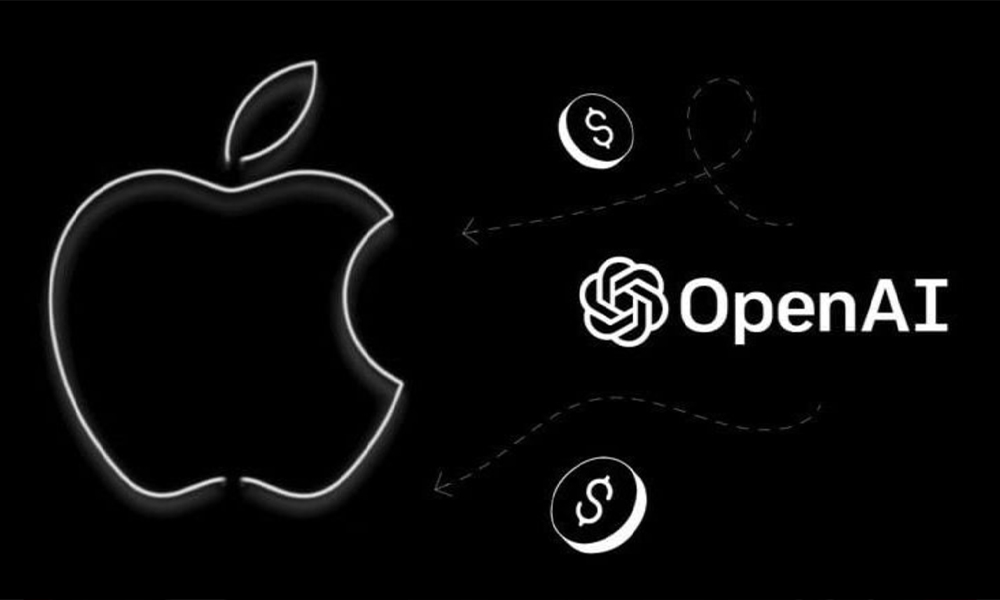Cryptocurrency (‘crypto’) has taken the world by storm in recent years. It seems everyone is either investing in it for the long term, trading it in the short term, or seriously considering whether they should be getting involved in the mania somehow. Despite the opportunities that crypto presents, it’s not something you should just jump into blindly. In this quick guide, we cover some of the main questions people have when getting to know cryptocurrencies, including what cryptocurrency is, how cryptocurrency works, what crypto’s purposes are, and whether cryptocurrency is safe.
What is cryptocurrency?
We are all familiar with what a ‘currency’ is. The ‘crypto’ part of cryptocurrency is usually what makes people question this ‘new form of money’.
All ‘crypto’ actually means is ‘encrypted’, which in turns refers to the encryption technology that secures the network. While encryption technology is often used to hide information, it can also be used to ensure security of access to information and facilitate full transparency.
With cryptocurrency, encryption technology is used to secure the creation of new ‘blocks’ (units of data on the blockchain, which is the digital ledger that a cryptocurrency is based on), record transaction data verifiably, and ensure the immutability of (i.e. the inability to change) the data on the blockchain.
This extensive use of encryption is what makes cryptocurrency such a secure form of currency, especially compared to traditional paper money, which is readily lost or forged, which in turn affects the value of the currency as a whole (the US Treasury Department estimated that there was around $70 million in counterfeit money circulating in the US, and that number has likely increased with the advancement of forgery techniques in the past decade or so).
How does cryptocurrency work?
Cryptocurrency works much the same as normal money (called ‘fiat’), including digital versions of money (like you would use with your PayPal account, for example), but it does have some key differences.
On the face of it, there are some similarities or parallels in how you store and use cryptocurrency. Just like fiat, you keep your crypto in a wallet (albeit a digital one, called a crypto wallet, which operates a bit like a bank account) and you can use it to purchase goods and services online. More recently, you can also use cryptocurrency in some offline locations, like this pizza shop in Miami that accepts Bitcoin. When you use cryptocurrency to buy something, the amount is taken from your balance just like in regular banking, and when you earn crypto or sell something for crypto, that amount is added to your account.
The key differences are what really make this technology revolutionary, though:
- Value derivation: Fiat derives its value from its creditworthiness as a currency as determined by a government authority, whereas crypto derives its value from the market’s perception of the underlying blockchain. When the US dollar (a fiat currency) changes value, it’s because of government activity (inflation rates, for example). But with a cryptocurrency like Bitcoin, it is the market’s perception and actual trading activity that determines the value. The meteoric rise in the value of Bitcoin in 2020-21 was caused by people seeing increasing value in the technology and buying Bitcoin to become invested in that particular blockchain (as well as some other more technical things, like ‘halving’, which makes less of the currency available in the long term, which pushes up the price per supply and demand economics). If Bitcoin proves to be obsolete in some way, or another cryptocurrency (like Ethereum) takes prominence in certain applications, the market may perceive Bitcoin to be less valuable, and its price will go down.
- Decentralization: Critically, cryptocurrencies are decentralized, which means that – unlike fiat currency – there is no central authority like a government or central bank determining the value of the currency. Cryptocurrencies are encrypted, and thus ‘live’, on a blockchain (BTC lives on the Bitcoin blockchain, ETH on the Ethereum blockchain, and so on). Regular money (fiat) exists in physical form and only has a digital representation when it is deposited in a bank or other institution and they accordingly update the digital record of your balance. Decentralization is essential to the security of a crypto network; it is because of the network being decentralized that anyone can view and participate in the verification of the transactions on the blockchain (through an activity called ‘staking’), and that means that each transaction is verified before it is allowed to stay on the blockchain (check out our quick guide to blockchain if you’re interested in learning more about how blockchains work).
- Cryptographic coding (or ‘hashing’): The blocks in a cryptocurrency’s blockchain are ‘held together’ or ‘linked’ through hashes, which operate a little bit like a unique signature or secure password. They are created automatically when one block becomes full (the available memory of a block is about 1MB) and a new one is created to store the subsequent data. In order to link these two blocks together and verify that the subsequent data was the proper data that came next, a hash is created. If someone were to try to modify data from a previous block, it would automatically create a new hash and thus nullify or invalidate all the other hashes that follow it. As a result of this, the network would be ‘alerted’ to the change, see the modification attempt on something that should be immutable, and the network would therefore reject the attempted change and restore the original data. This is what makes it so difficult to fake information on the blockchain, or hack it to derive or change information. This kind of protection does not really exist at all with fiat currency.
There are some other differences, but these three cover the fundamentals.
What is the purpose of cryptocurrency?
The overarching purpose of cryptocurrency relates to power. With traditional fiat currencies, the government can change the value of the currency by setting things like inflation rates and even printing more money, which devalues the individual currency units themselves. This means that users of the currency, like the general public, have no control over the value of the currency and accordingly are powerless. If the government wants to make things more expensive, they can do… and there’s nothing we can do about it (especially when wages are stagnant so even the very cost of living increases).
With cryptocurrency, the power lies with the holder of the cryptocurrency itself. Holders have collective control over the value of the currency through their perceptions and activities in the market (i.e. through their trading), and they get voting rights on the development of the underlying technologies so they can literally decide what happens with the cryptocurrency in future.
At a more practical level, cryptocurrency has some uses that are similar to fiat currency, and some that are different.
Similarities include:
- Crypto can be used to buy goods and services.
- Crypto can be held and its value may increase or decrease in time.
- Crypto can be saved and earn interest (called ‘staking’ rather than ‘saving’).
Differences include:
- Crypto can be used to invest in specific blockchain technologies. For example, if you believe that global payments should basically be free, you could buy Lumens, the tokens on the Stellar blockchain. Stellar exists to make cross-border payments quicker and cheaper than traditional international wires.
- Crypto can be used to verify sensitive or otherwise important information.
- Crypto can be used as collateral for fiat loans (for example, you can get a USD loan using BTC as collateral). In traditional lending, typically you can’t use fiat to secure more fiat, and the USD loan, for example, would have to be tied to another valuable asset, like a house.
Is cryptocurrency safe?
There are weaknesses in every technology, even blockchain technology, which underpins cryptocurrencies. That said, the security of the blockchain is unparalleled compared to traditional forms of value storage, such as banks (which can be robbed) or physical wallets (which can be lost or stolen).
While the technology underpinning cryptocurrency is inherently (though perhaps not absolutely) safe, it is the methods of interacting with that technology that can be prone to security risks. To buy crypto, for example, you need to have a crypto wallet, which is software provided by a third party (like Coinbase, Binance, or Robinhood). Security issues in their company, therefore, can impact the security of the holders’ assets.
Similarly, the volatility of cryptocurrency values means that it is not always ‘safe’ to invest in cryptocurrency because you can lose a lot of money, just as you can stand to gain a lot. This is, however, the case with any investment so in this regard crypto is no more or less safe than other forms of investing.
Where to find out more about cryptocurrency
Whether you buy into the excitement around cryptocurrency or not, cryptocurrencies are not going away. In fact, if anything, they’re likely to play an even greater role in our lives as time goes on. If you want to learn about cryptocurrency and discuss investment and trading strategies with other crypto traders, try Traderverse. We have built a robust ecosystem of tools and social networking features that allows you to keep your finger on the pulse of what’s happening in crypto, with calls and other strategies verified by the community for accuracy. To get involved, sign up at Traderverse.io or join us on our Discord or Telegram group.

















